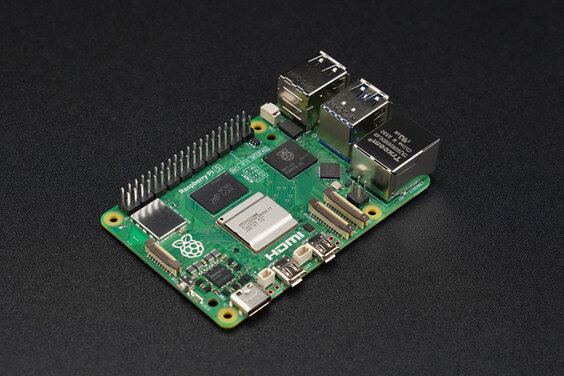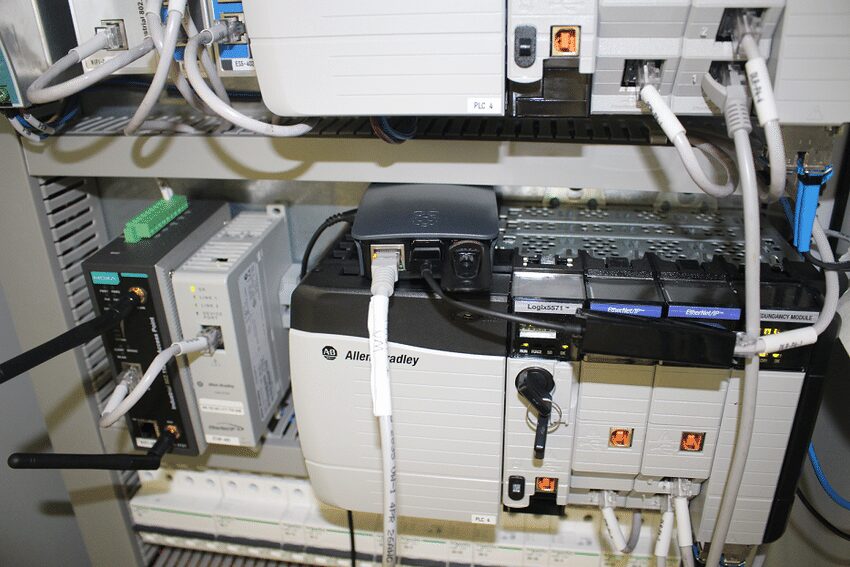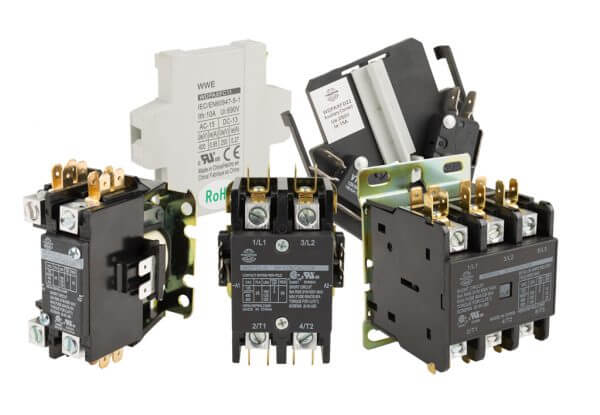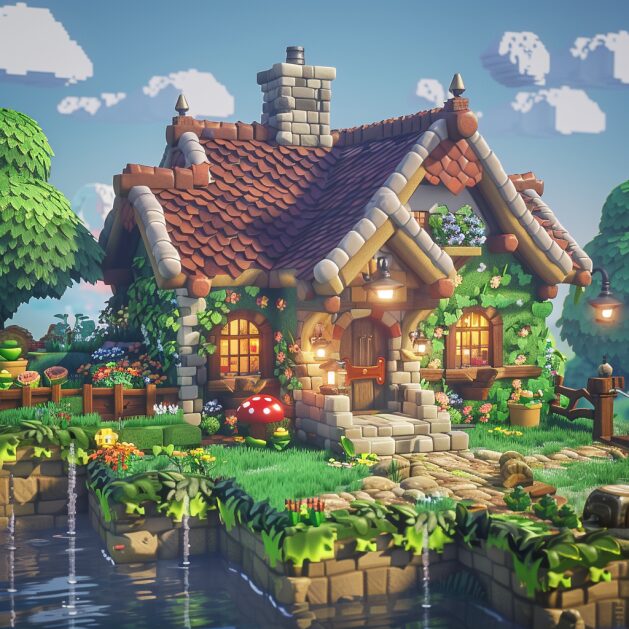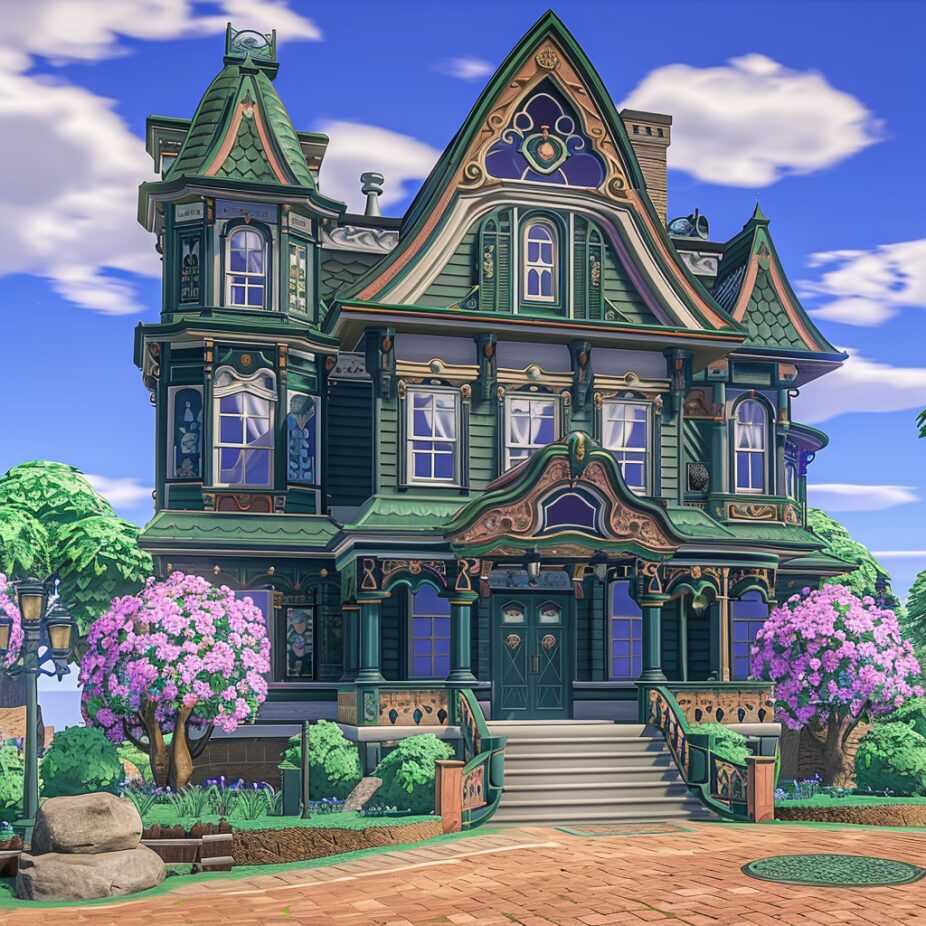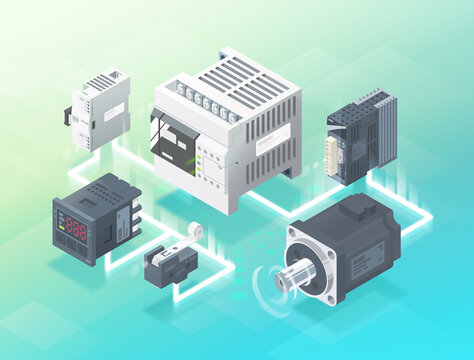Introduction
.jpg)
Understanding FANUC servo amplifier alarm codes is crucial for maintaining peak performance in CNC (Computer Numerical Control) machines. These alarm codes serve as warning signals, indicating potential issues within the servo amplifier system. Ignoring or misinterpreting these alarms can lead to costly downtime, decreased productivity, and even damage to the machinery.
By comprehensively understanding these alarm codes and their associated troubleshooting measures, machine operators and maintenance personnel can swiftly address issues. This minimizes disruptions to production schedules and ensuring the longevity of the equipment.
Read more: A Guide to FANUC Servo Amplifier Alarm CodesUnderstanding FANUC Servo Amplifiers
FANUC servo amplifiers are integral components of CNC (Computer Numerical Control) machines. These amplifiers are responsible for controlling the movement of servo motors, which are pivotal in driving the various axes of motion within the CNC system.
Servo amplifiers receive signals from the CNC controller and translate them into precise voltage and current outputs to drive the servo motors accurately. This precise control is essential for achieving the exact positioning, speed, and torque required for machining operations.
The significance of FANUC servo amplifiers lies in their ability to translate digital commands into precise mechanical motion, ensuring the repeatability and accuracy demanded by modern manufacturing processes. Servo amplifiers play a critical role in achieving optimal performance in CNC operations. That includes producing complex parts with tight tolerances or executing high-speed machining tasks.
Understanding the function and operation of FANUC servo amplifiers is fundamental for CNC machine operators and maintenance personnel. It allows them to troubleshoot issues effectively, optimize performance, and maintain the reliability and precision of the machinery throughout its operational life.
Troubleshooting FANUC Servo Amplifier Alarms
When troubleshooting FANUC servo amplifier alarms, it’s essential to follow a systematic safety procedures to identify and resolve issues effectively. Here are some basic tips to consider:
Prepping to Troubleshoot
- Safety First: Before starting any troubleshooting procedures, ensure the CNC machine remains powered off and safely isolated from the power source. Furthermore, follow all recommended safety procedures. This includes using appropriate personal protective equipment (PPE) when working with electrical components.
- Refer to Documentation: Consult the FANUC servo amplifier manual or documentation provided by the manufacturer for specific alarm code definitions, troubleshooting steps, and safety precautions. Familiarize yourself with the layout and components of the servo amplifier system.
Checking Equipment
- Check Connections: Inspect all electrical connections, including power cables, signal cables, and feedback cables, for any signs of damage, looseness, or corrosion. Ensure that connections are secure and properly seated.
- Review Alarm Codes: Take note of the specific alarm code displayed on the CNC machine’s control panel or diagnostic interface. Cross-reference the code with the manufacturer’s documentation to determine the potential cause of the alarm.
- Inspect Servo Motors: Check the servo motors for any mechanical issues such as binding, excessive wear, or damage to the shafts, couplings, or encoders. Next, check the motors for proper lubrication and potential debris.
- Test Power Supply: Verify that the power supply to the servo amplifier remains stable and within the specified voltage range. Use a multimeter or other appropriate testing equipment to measure voltage levels and identify any fluctuations or abnormalities.
- Reset Alarms: In some cases, resetting the alarm may temporarily clear the fault condition and allow the machine to resume normal operation. Make sure to do this after identifying and addressing the underlying cause of the alarm.
Documentation
- Document Findings: Keep detailed records of the troubleshooting process, including observations, measurements, and actions taken. This information may prove valuable for future reference and for communicating with professional technicians if needed.
- Know When to Seek Help: If you encounter alarm codes or issues that you are unable to resolve , it’s important to seek assistance from qualified professionals or FANUC-certified technicians. Moreover, attempting complex repairs without the necessary expertise can lead to further damage or safety hazards.
Encountering an Issue with Your FANUC Servo Amplifier?
Get expert assistance now, to minimize downtime and keep your operations running smoothly. MRO offers a wide range of repair services and replacement parts.
Common FANUC Servo Amplifier Alarm Codes
| Alarm | Description |
| 0 PLEASE TURN OFF POWER | A parameter which requires the power off was input, turn off power. |
| 1 TH PARITY ALARM | H alarm (A character with incorrect parity was input). Correct the tape. |
| 2 TV PARITY ALARM | TV alarm (The number of characters in a block is odd). This alarm will be generated only when the TV check is effective. |
| 3 TOO MANY DIGITS | Data exceeding the maximum allowable number of digits was input. (Refer to the item of max. programmable dimensions.) |
| 4 ADDRESS NOT FOUND | A numeral or the sign “ – ” was input without an address at the beginning of a block. Modify the program. |
| 5 NO DATA AFTER ADDRESS | The address was not followed by the appropriate data but was followed by another address or EOB code. Modify the program. |
| 6 ILLEGAL USE OF NEGATIVE SIGN | Sign “ – ” input error (Sign “ – ” was input after an address with which it cannot be used. Or two or more “ – ” signs were input.) Modify the program. |
| 7 ILLEGAL USE OF DECIMAL POINT | Decimal point “.” input error (A decimal point was input after an address with which it can not be used. Or two decimal points were input.) Modify the program. |
| 9 ILLEGAL ADDRESS INPUT | Unusable character was input in significant area. Modify the program. |
